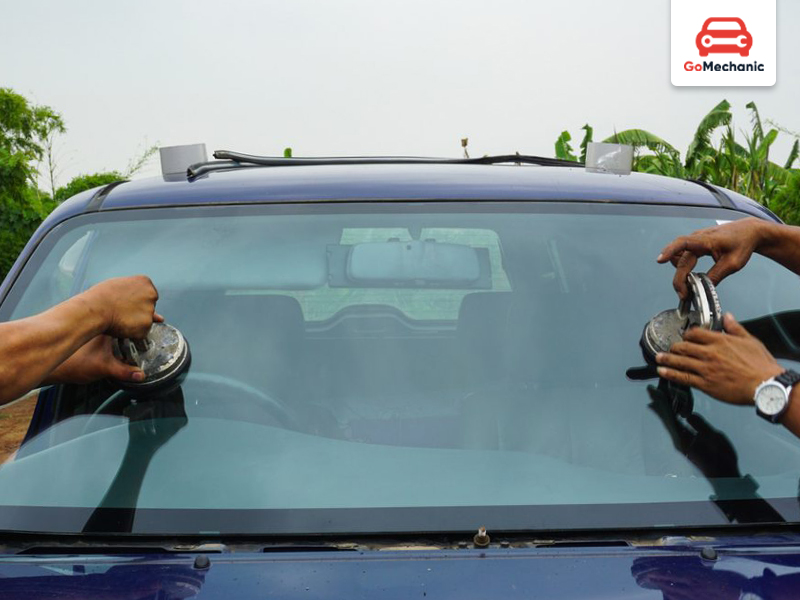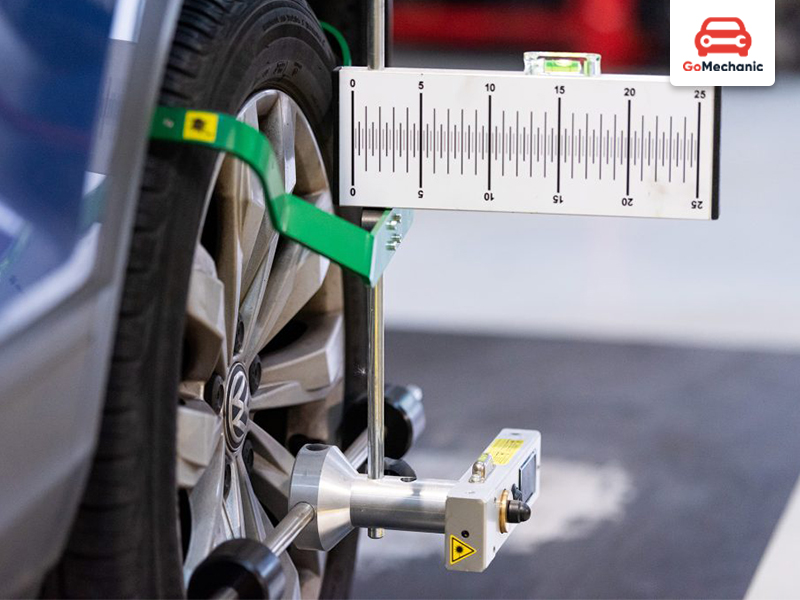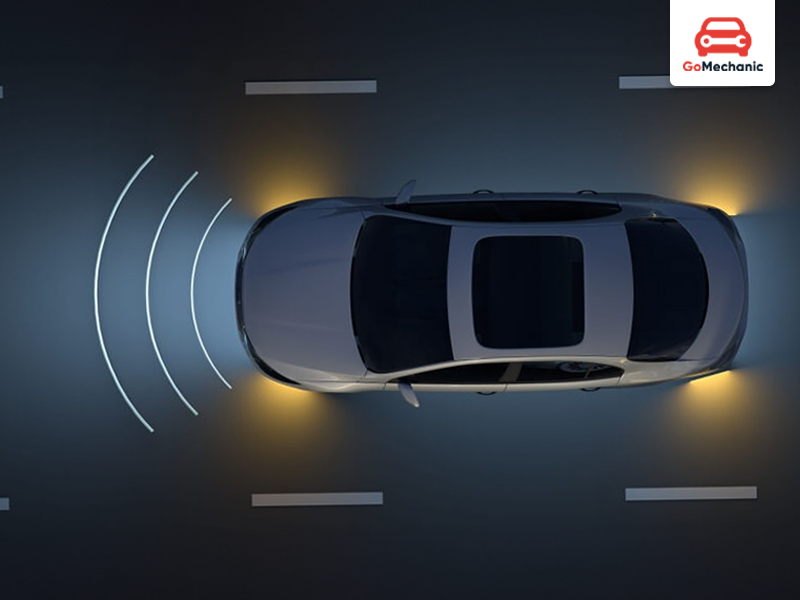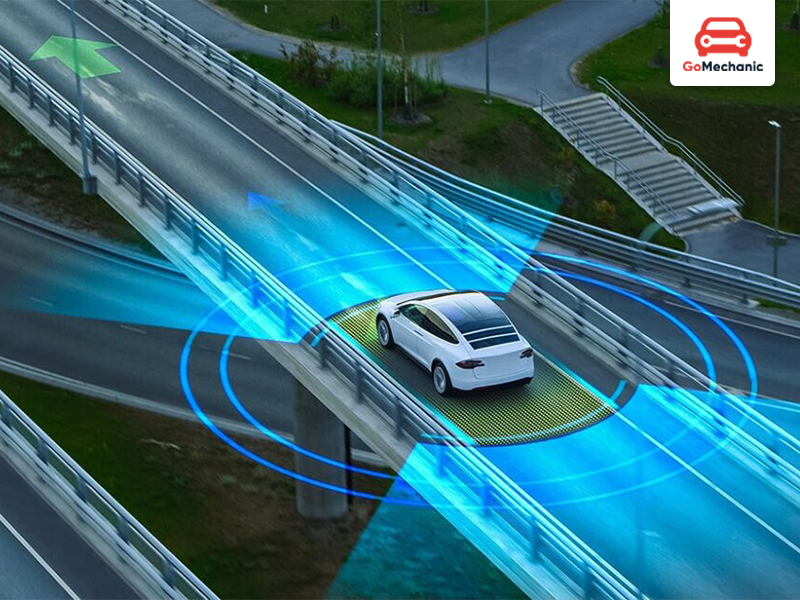What is ADAS in Cars?
ADAS stands for Advanced Driver Assistance Systems. It represents a collection of technologies primarily designed to create comfort while driving. At the same time, it ensures safety on the road. ADAS detect and monitor the surrounding environment using sensors, cameras, and radar to aid the driver in many procedures. Some examples of ADAS features in a car are:
- Adaptive Cruise Control: Maintains a safe following distance from the vehicle ahead.
- Lane Departure Warning: Alerts the driver when the vehicle begins to drift out of its lane.
- Blind Spot Monitoring: Detects vehicles in blind spots.
- Automatic Emergency Braking: Applies the brakes to avoid a collision.
- Lane Keep Assist: Helps keep the vehicle centred in its lane.
Why is ADAS Calibration Important?
The system works well only when sensors are well aligned. So, when the sensors get out of alignment or get damaged, it affects the precision of the entire system. It may even lead to false alarms, inappropriate effectiveness, or even put some people’s safety at risk.
When Does ADAS Need Calibration?

ADAS calibration is typically required after:
- Windshield Replacement: The windshield is a critical component of many ADAS systems, and replacing it can affect sensor alignment.
- Accident or Collision: A collision can damage sensors or cause them to shift, requiring re-calibration.
- Suspension or Steering repairs: These repairs can affect the vehicle’s geometry, which can impact sensor accuracy.
- Software Updates: Some ADAS software updates may require re-calibration.
Also Read: Why are Japanese Car Brands So Sought After?
How to Calibrate Your Car’s ADAS
The calibration of an ADAS is procedure-specific and requires training or to be done through a skilled technician. The configuration of sensors is aligned and calibrated using special tools and measures. Generally, a calibration can be briefly summed up as follows:
Vehicle Preparation
- Importance of a Clean and Unobstructed Environment:
Just before calibration is started, the technician should select a special area he has decided to use for calibration. This area should be without objects that may interfere with sensor readings. These could be other vehicles, buildings or reflective surfaces. These may interfere with sensors, producing incorrect data which causes wrong calibrating adjustments.
- Ensuring Optimal Lighting Conditions:
Adequate illumination ensures proper reading of the sensors. The calibration space needs to be well-lit so that the sensors can vividly detect objects within the surroundings. Low lighting will prevent sensors from correctly calibrating the distance and angle necessary to produce accurate calibration alignment.
Sensor Alignment

- Utilizing Specialized Calibration Equipment
The calibration measurement will involve specialized calibration equipment used by the technician to accurately measure how the sensors align on a particular ADAS system. This could very well be one of a variety of laser-based systems or optical alignment tools that can make extremely precise location and orientation measurements of sensors relative to a vehicle body.
- Identifying and Correcting Misalignments
The technician will then measure the sensor readings to compare them with the manufacturer’s specifications to indicate misalignments in cases of accidents, wear and tear on components or even improper installation. The technician will then make necessary adjustments to ensure restoration to the correct alignment.
Software Calibration

- The Role of ADAS Software
The advanced software algorithms that interpret sensor data are the basis for ADAS systems. This software is needed for calibration to ensure compatibility with the hardware. In other words, it needs to be efficient in terms of system functionality.
- Updating Software for Compatibility
In some cases, the sensor alignment or hardware changes so that upgrades on ADAS software must be done. Therefore, the technician will look for any available software update and, if it is available, install it. The upgrades can bring new features, improve system performance, or correct known issues.
Testing

- Comprehensive System Evaluation
After this calibration process, the technician is going to conduct multiple tests through which he will ensure that each ADAS works perfectly. Such tests may resemble simulations of several types of driving scenarios such as lane departure, blind spot, etc. At this point, the emergency braking scenario may also be included.
- Assessing System Accuracy and Functionality:
The technician would closely watch the response of the system for many simulated scenarios to verify that it correctly identified the potential hazard and could appropriately respond to it. Through real-time simulation, any problems or inconsistencies in its performance could be identified as needing additional adjustments.
Align for Assurance
Advanced driver assistance systems in your car need to be calibrated for safety and effectiveness. In case you have just replaced a windshield, been involved in an accident, or had suspension or steering repaired, ADAS calibration is obligatory and will ensure protection for you and others on the road.
Also Read: How to Maintain Your Car’s Suspension System for a Smooth Ride





